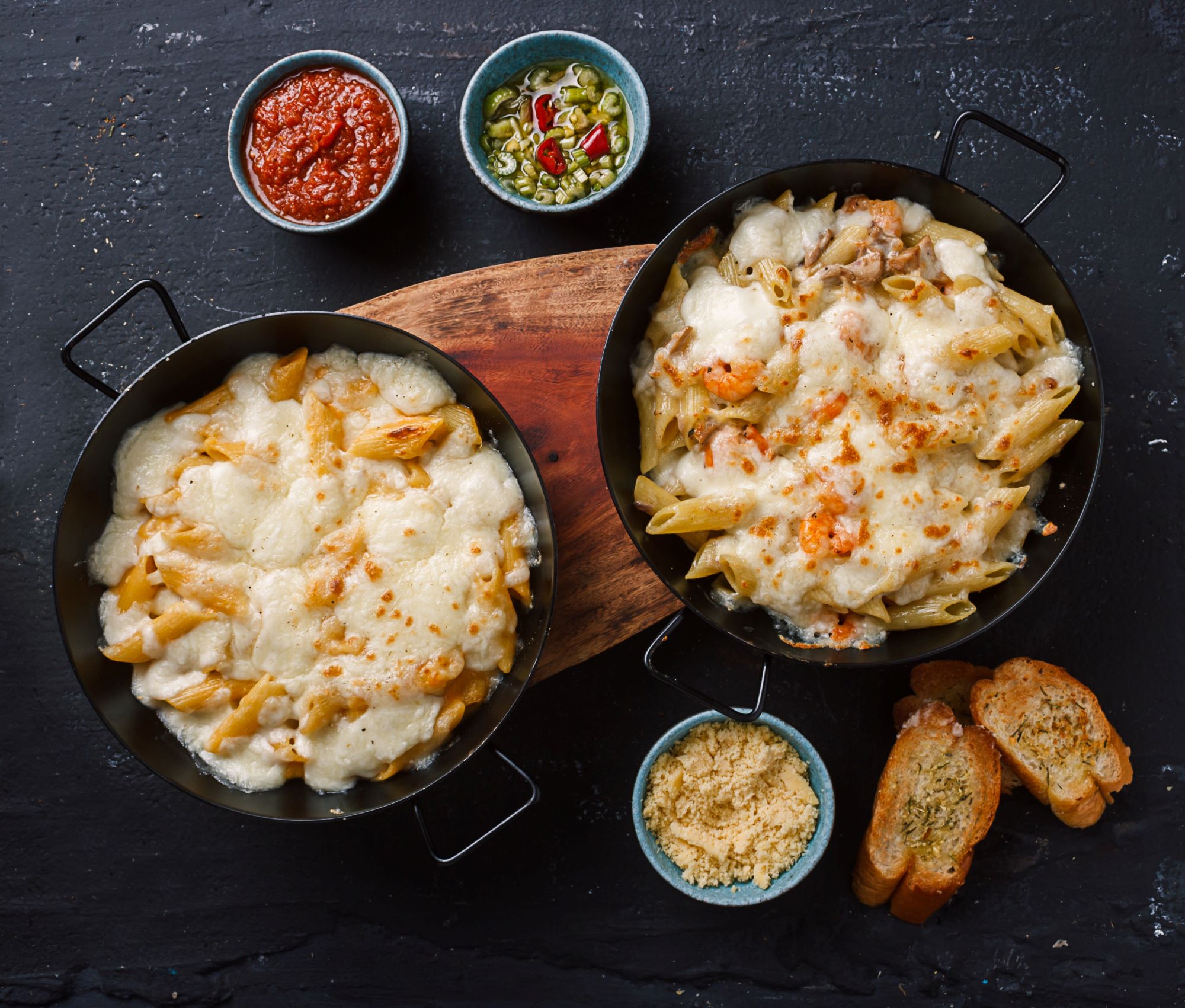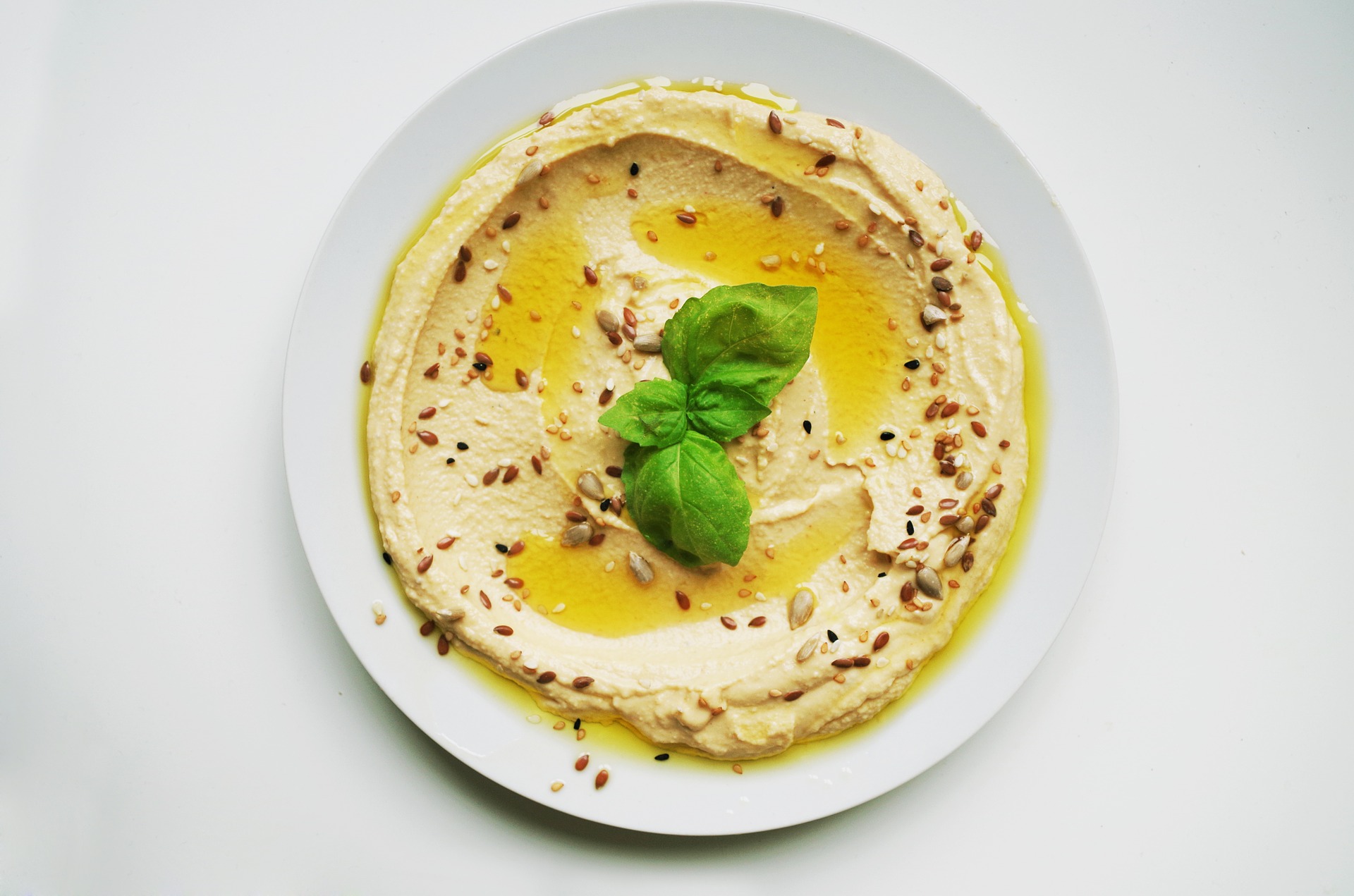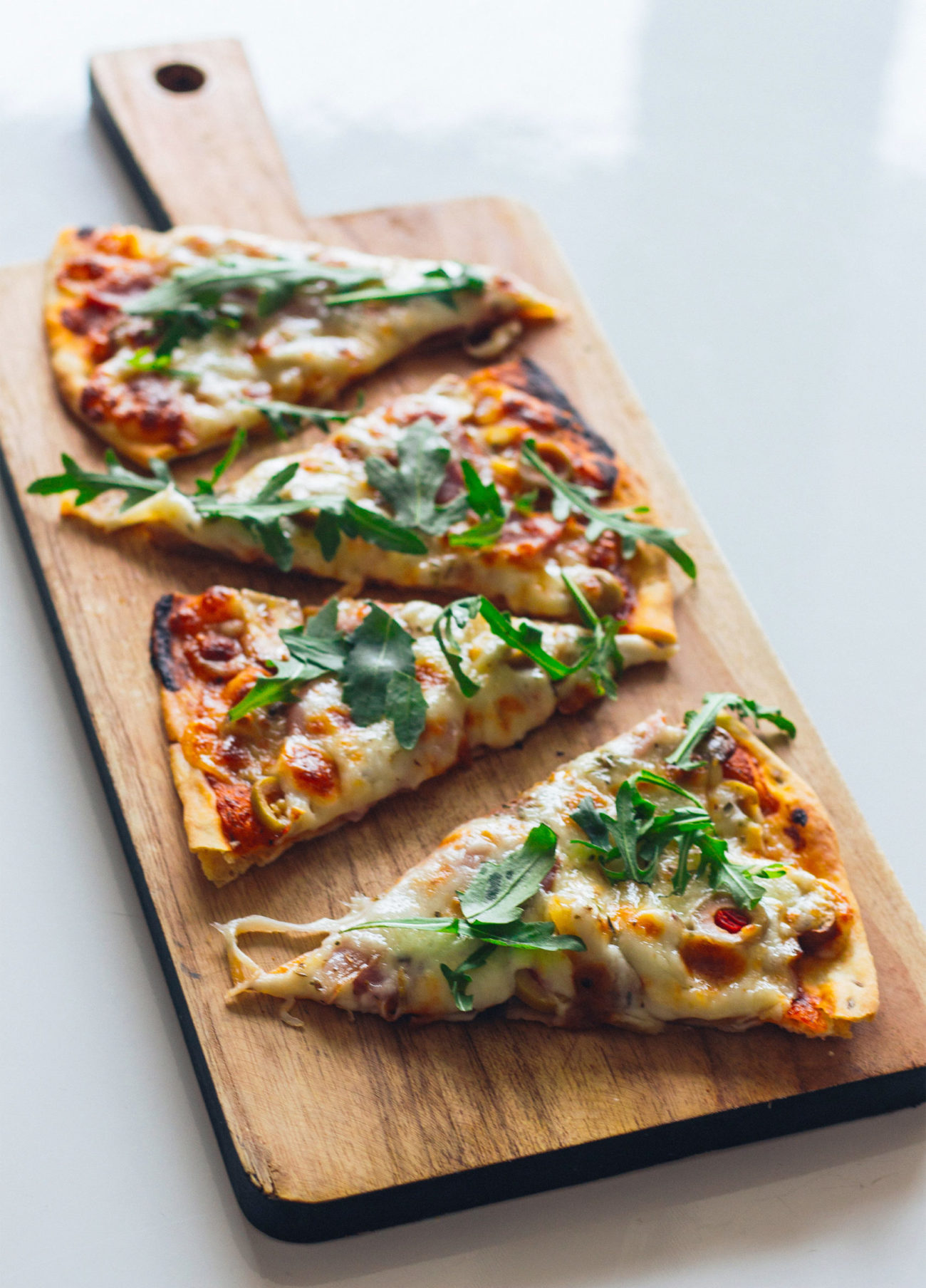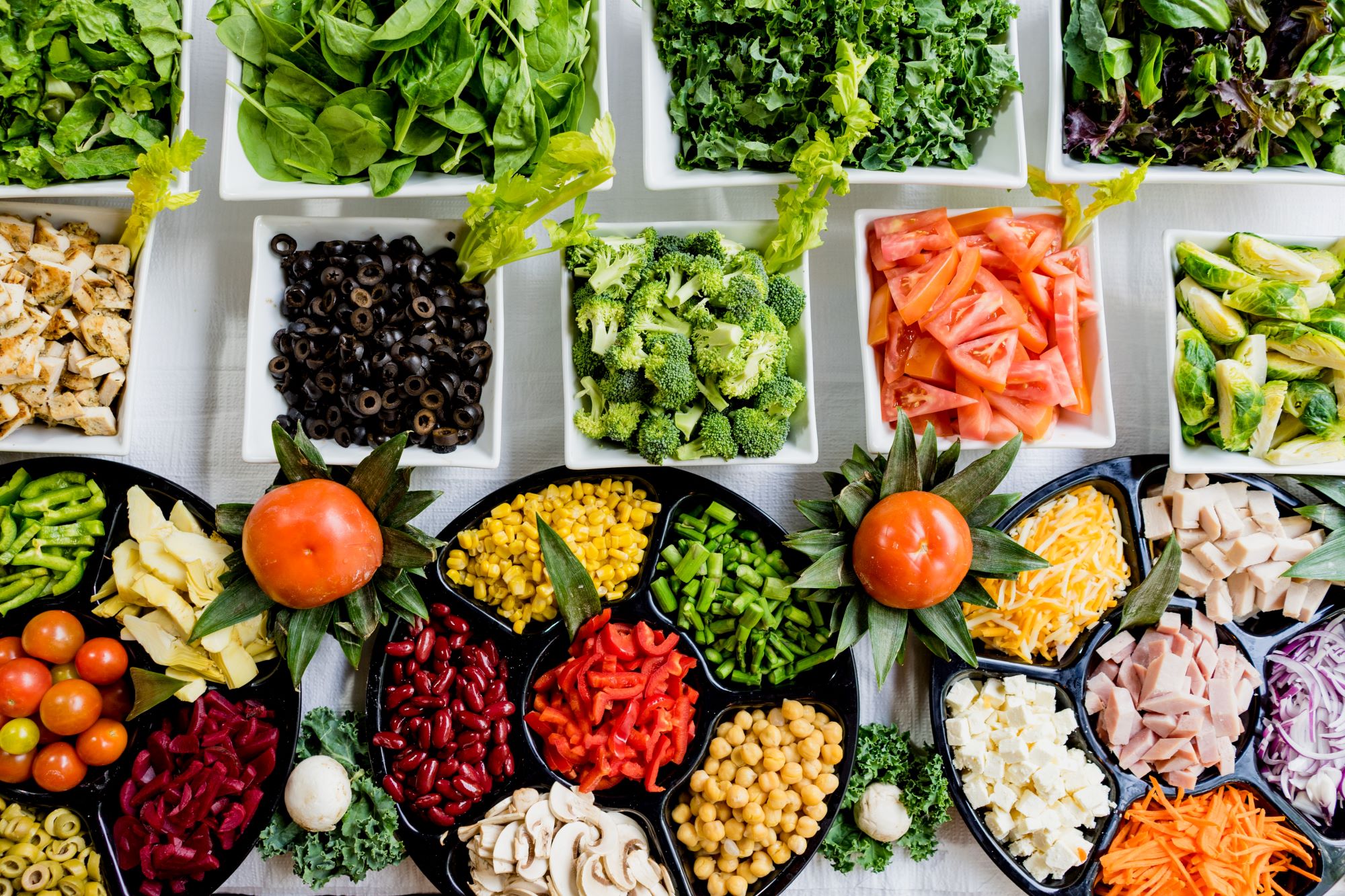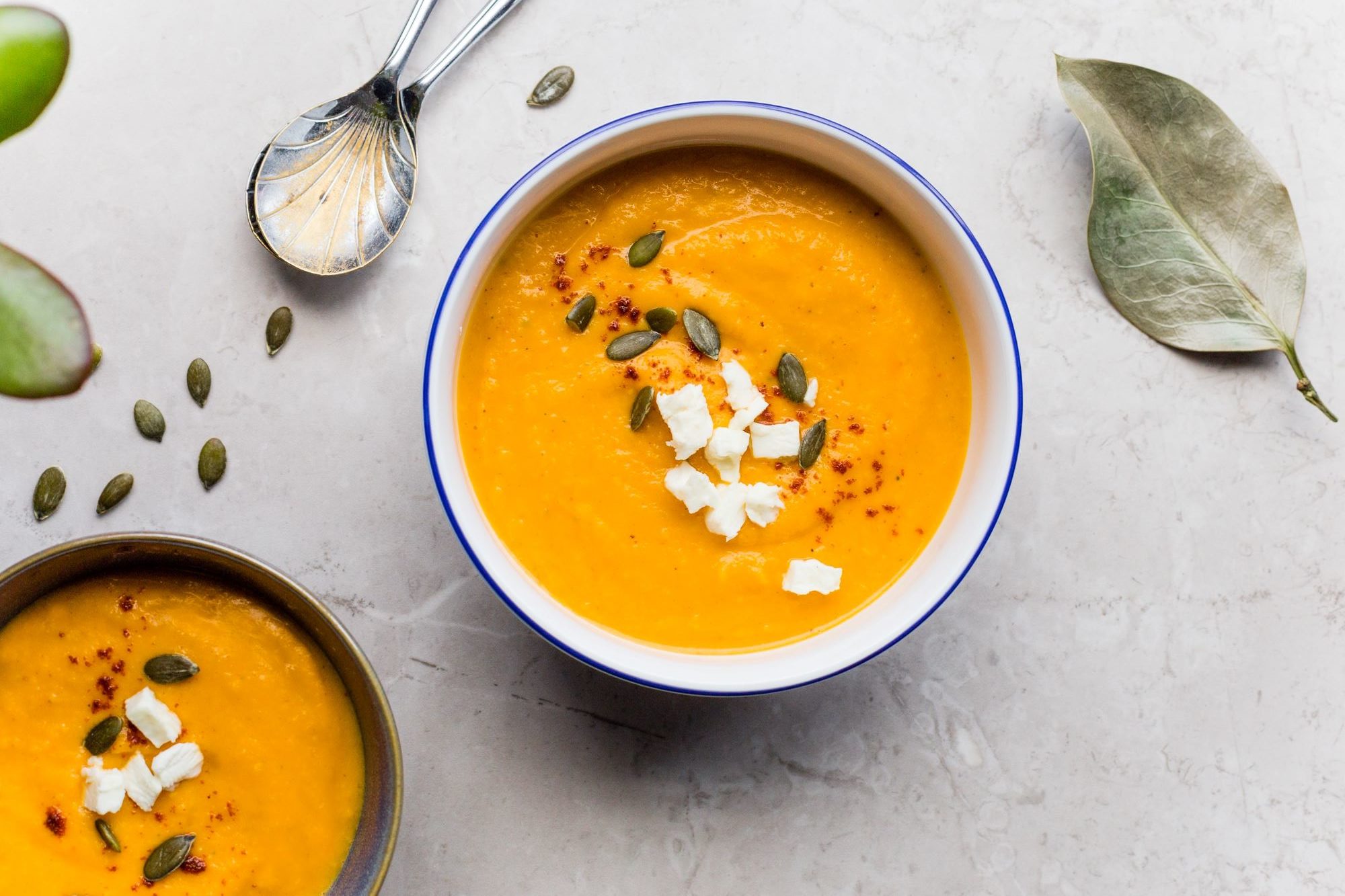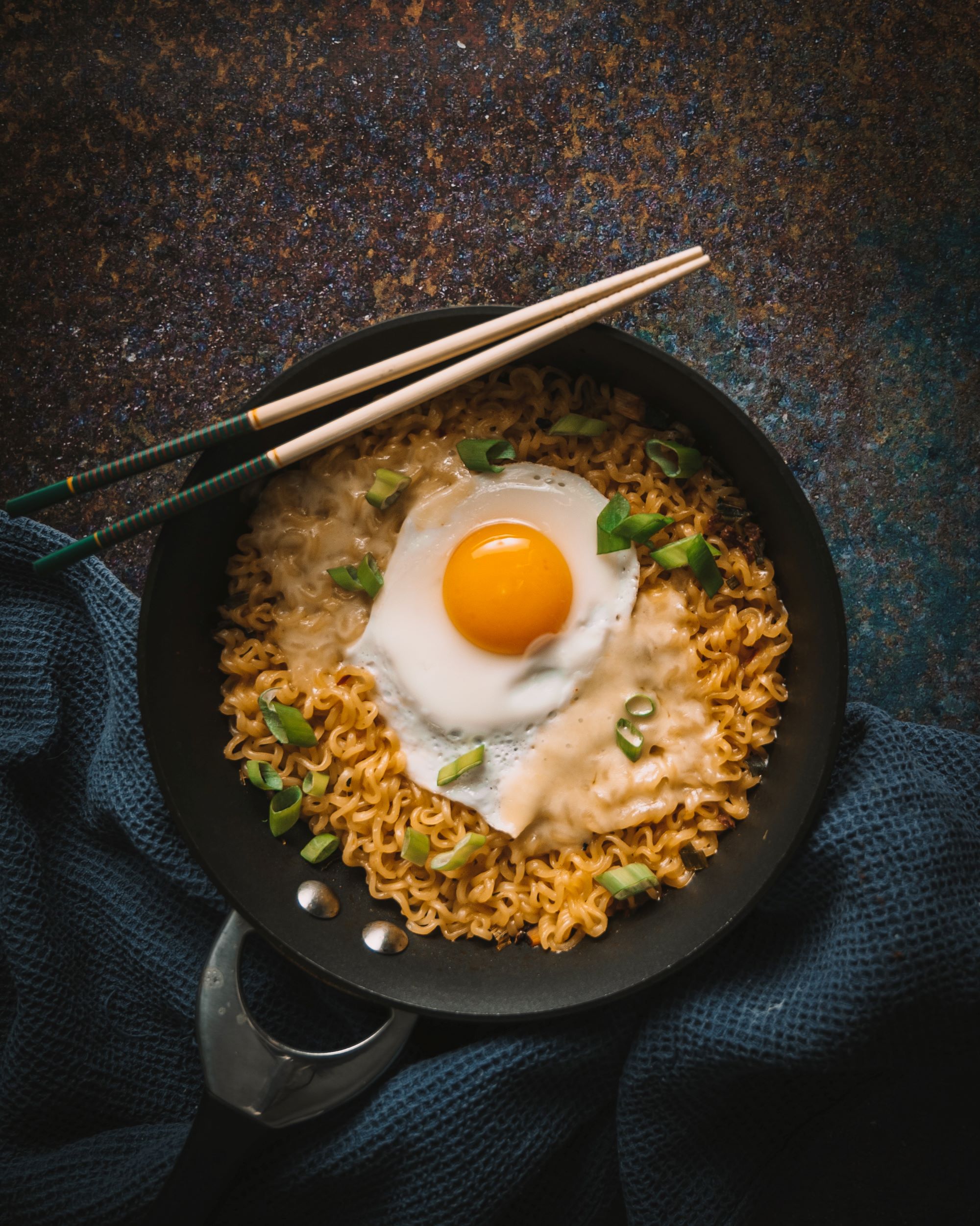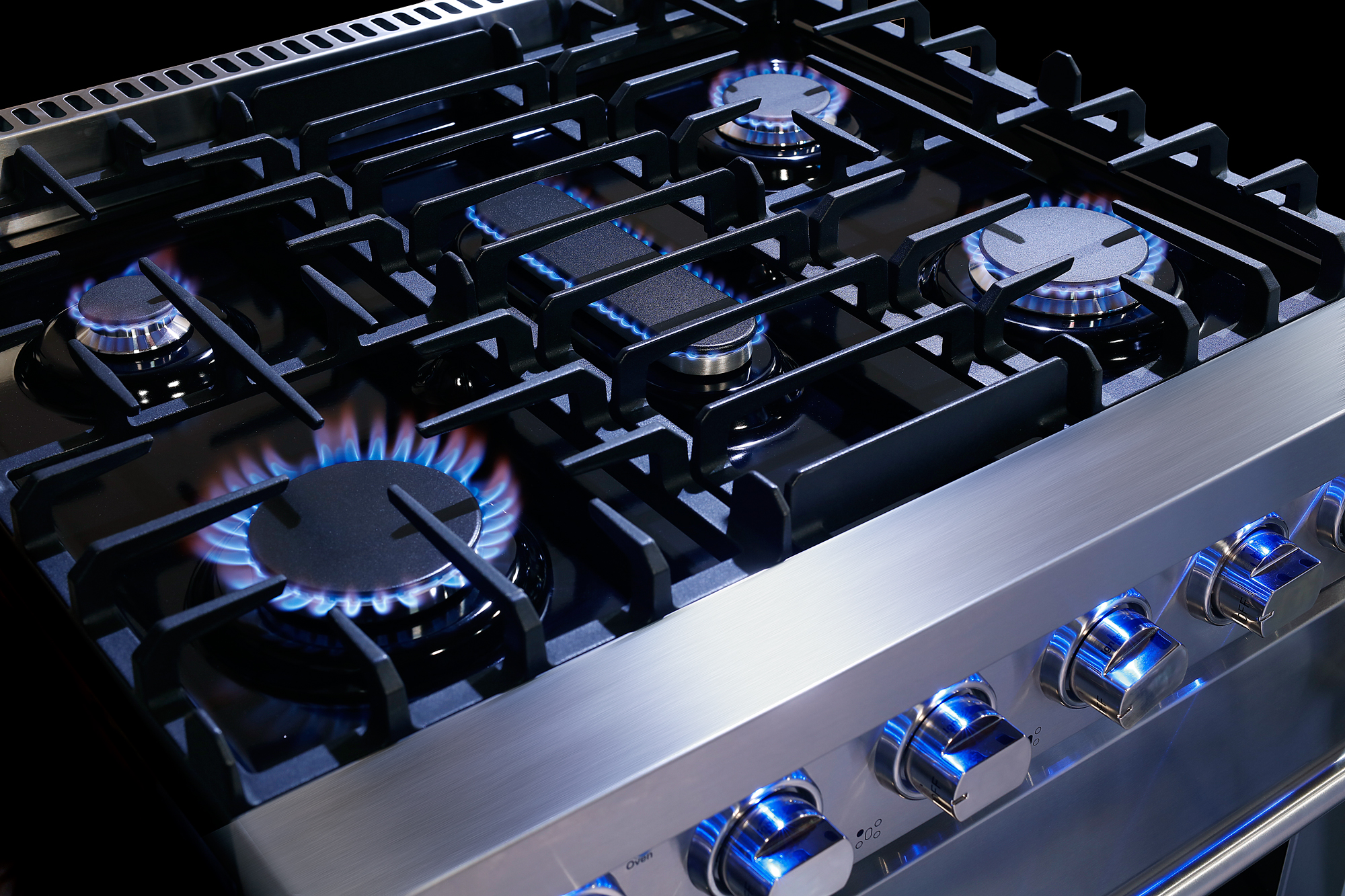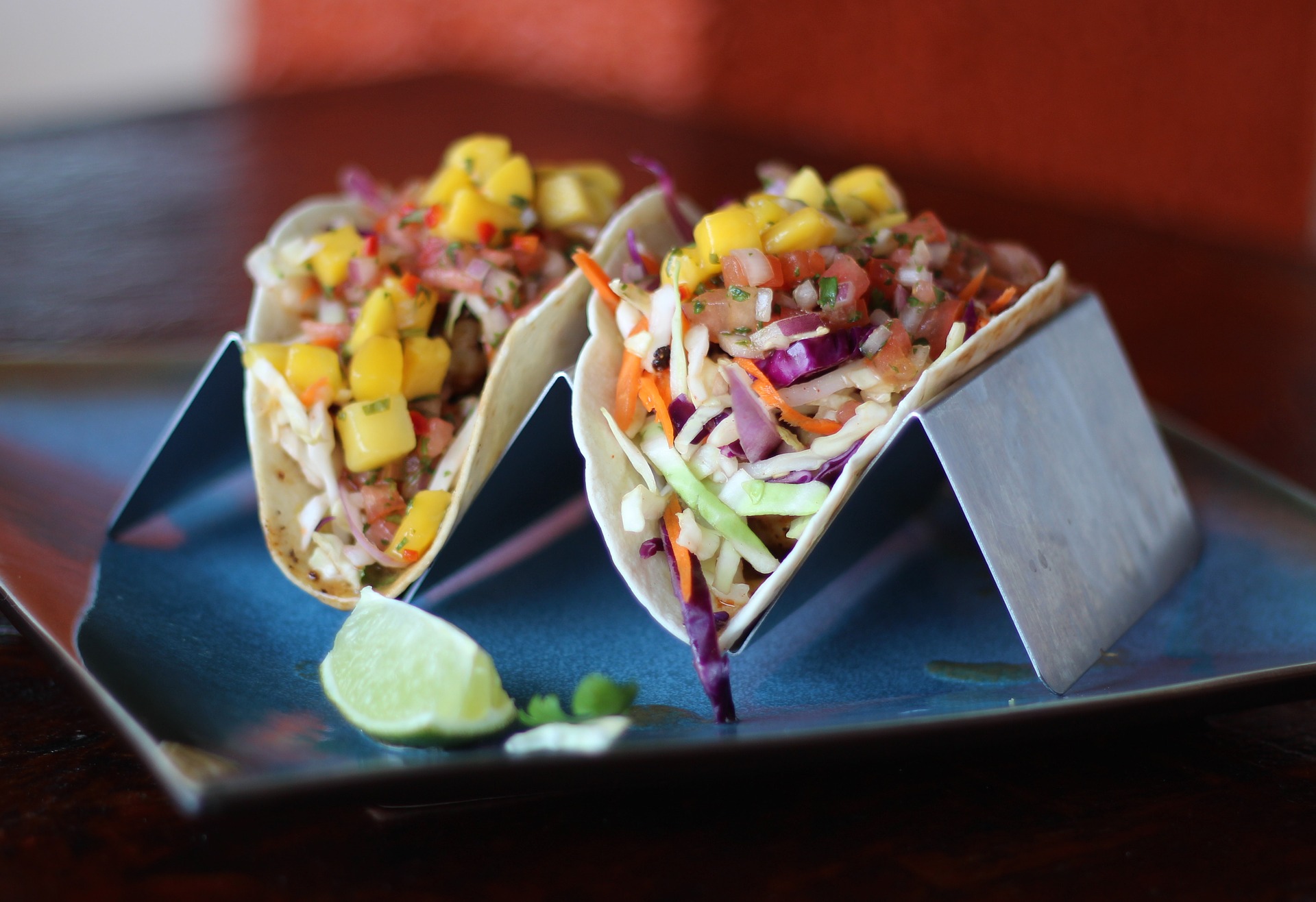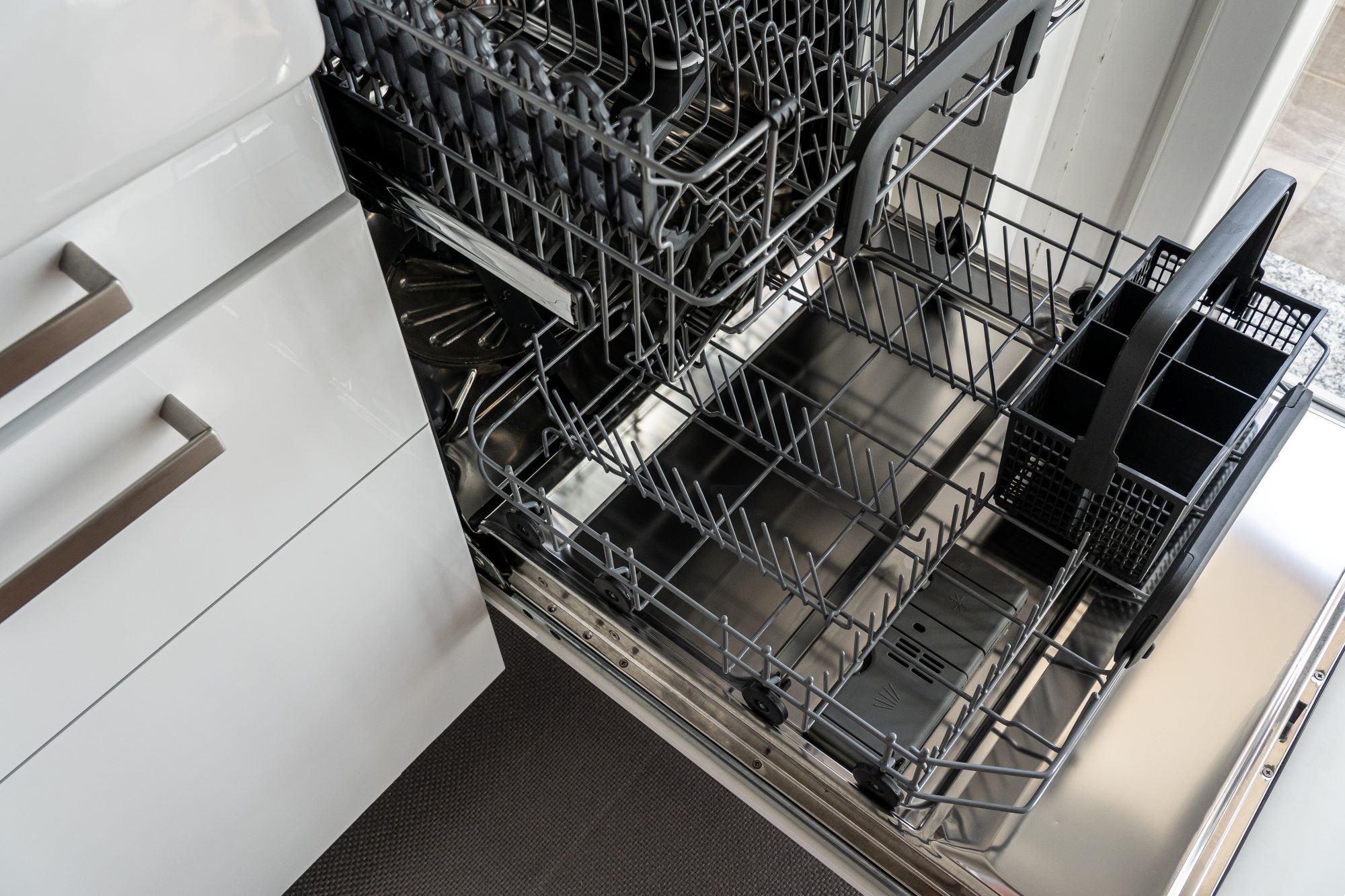Seared Ahi Tuna Recipe
Create a delicious plate of freshness and flavor with this recipe. Ahi tuna also known as yellowfin tuna can be prepared with a side of white rice, shoyu, radish sprouts and nori. When shopping for your tuna the freshness and quality of the fish makes a big difference. Look for a higher grade tuna. Prep time: 5 minutesCook time: 5 minutesMarinating time: 1 hourYield: 2 servings Ingredients: 2 (6-8 ounce) ahi tuna steaks (3/4 of an inch thick) For the marinade: 2 tablespoons dark sesame oil 2 tablespoons soy sauce (or 2 teaspoons of wheat-free tamari for gluten-free option) 1 tablespoon of grated fresh ginger 1 clove garlic, minced 1 green onion (scallion) thinly sliced (a few slices reserved for garnish) 1 teaspoon lime juice Directions: Marinate the tuna steaks: Mix the marinade ingredients together and coat the tuna steaks with the marinade, cover tightly, and refrigerate for at least an hour. Sear the tuna: Heat a non-stick skillet over medium high to high heat. When the pan is hot, remove the tuna steaks from the marinade and sear them for a minute to a minute and a half on each side ( even a little longer if you want the tuna less rare than pictured.) Slice and serve: Remove from pan and slice into 1/4-inch thick slices. Sprinkle with a few green onion slices. Serve plain, with white rice, or over lettuce or thinly sliced cabbage or fennel. Sources: Simply Recipes


